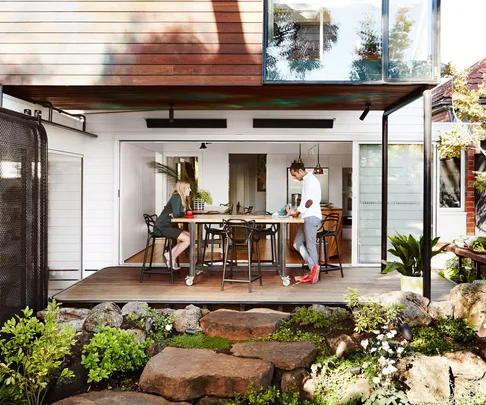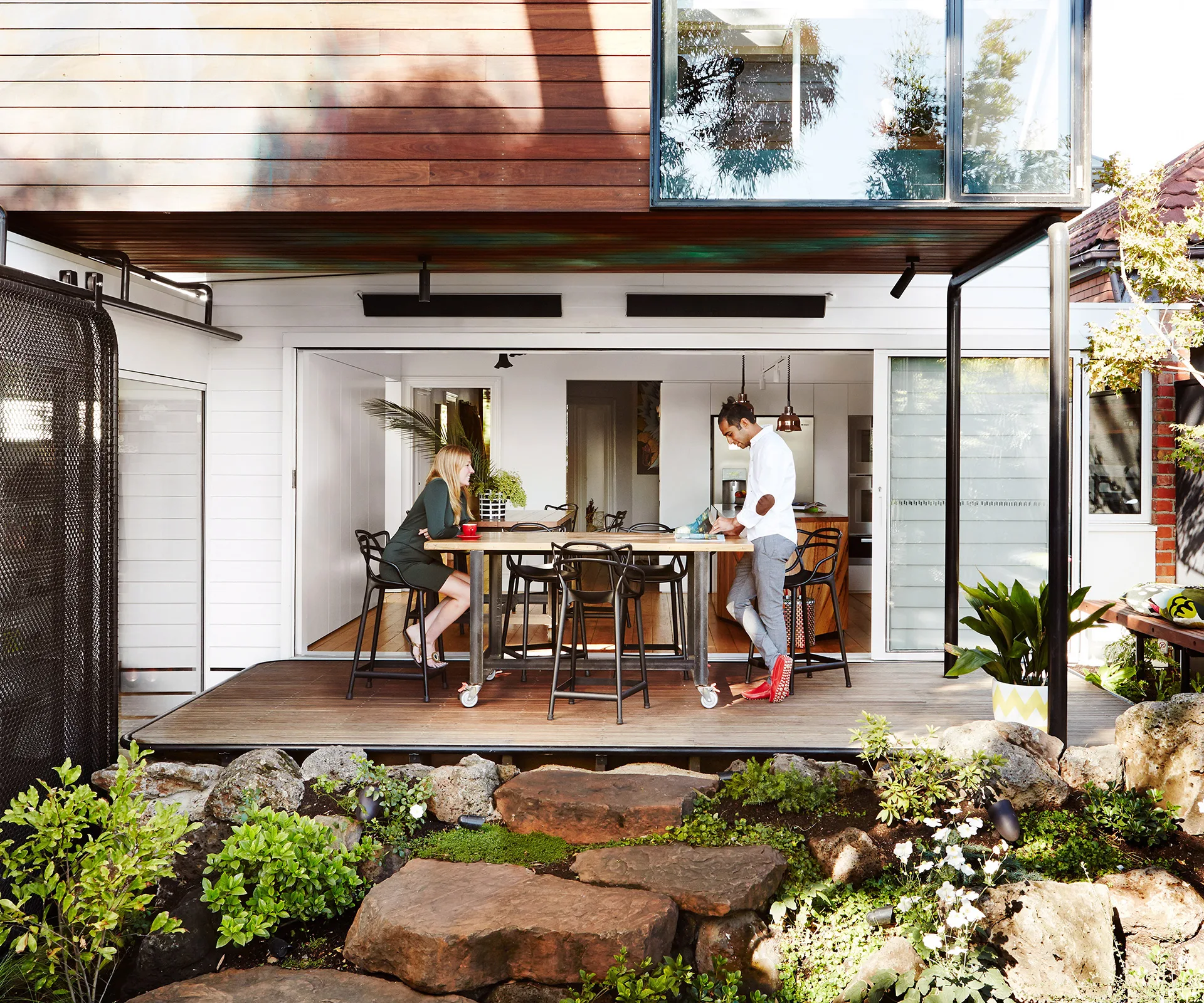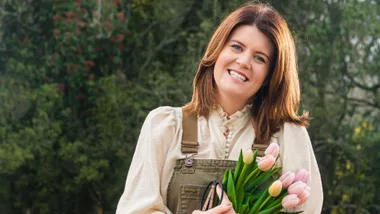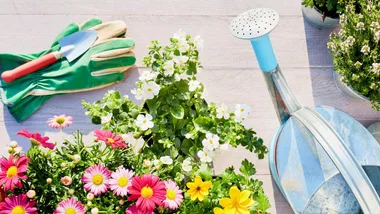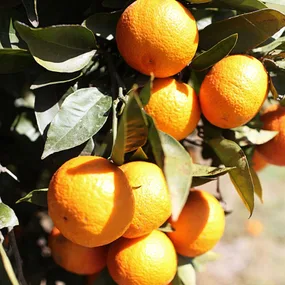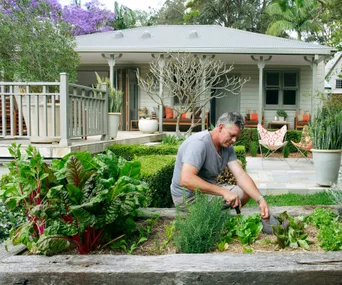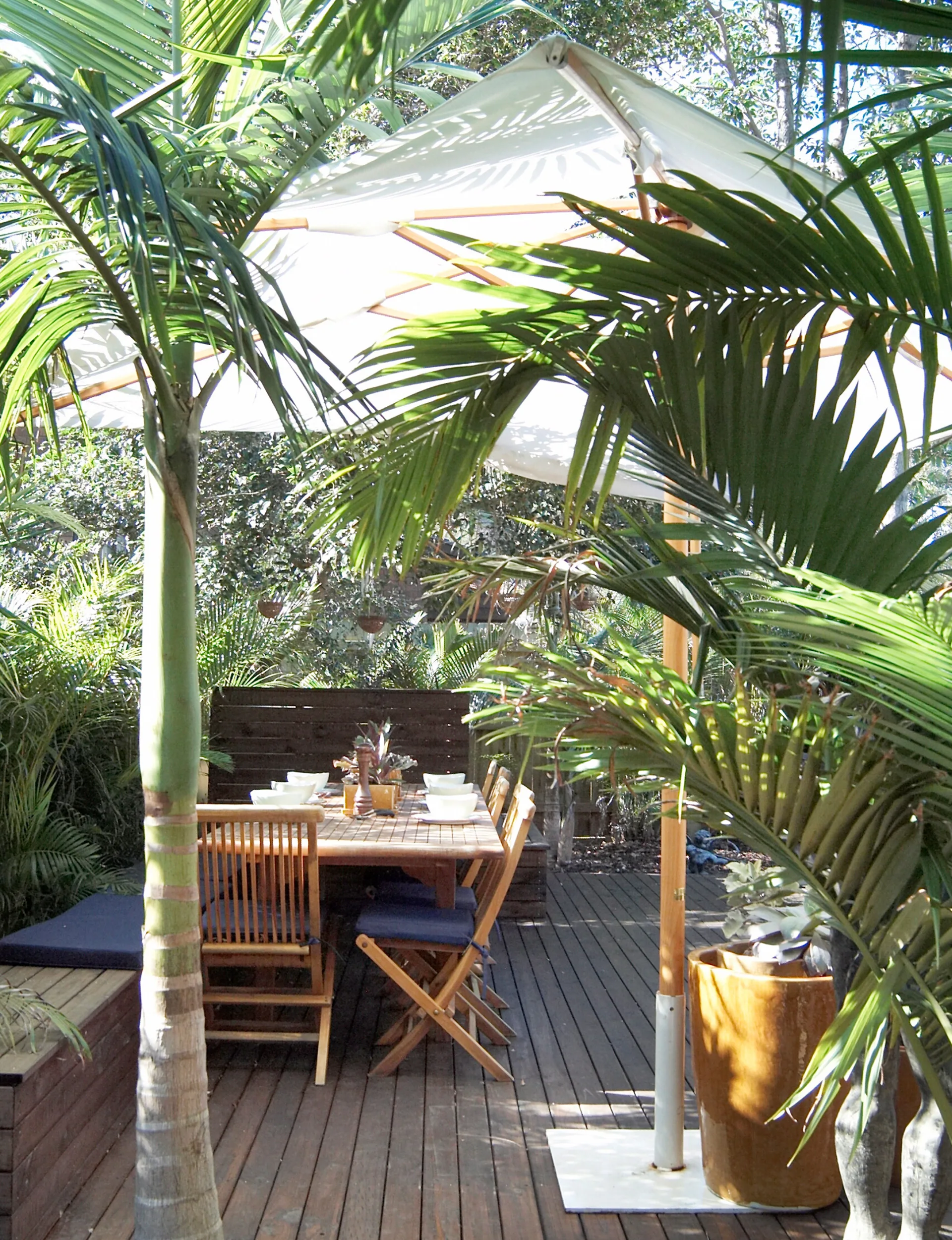Enjoying the outdoors in summer is all about keeping cool, which means finding the ideal style of shade protection for your garden
These are your best outdoor shade options for summer
Some like it hot, but most of us prefer to be cool when the sun is beating down. These days we’re not just seeking better sun protection for those balmy days at the beach or on the boat, but in our backyards, too.
While creating shade for outdoor living spaces has obvious health benefits, it’s also worth considering for the increased enjoyment shade provides. We tend to linger outdoors for longer when we’re under shelter, whether it’s entertaining friends or simply reading a book beneath a shady tree. And it’s not just about beating the heat. The versatility and sophistication of modern outdoor shade structures means you can be in the garden when it’s raining and windy, too.
What type of shade is best for you?
As with any major outdoor element, deciding what type of shade structure will suit your space needs careful thought. Key to this process is establishing what you’ll use it for. Do you want a quick-fix solution such as a large umbrella or lightweight sail that can be quickly erected when the sun comes out? Or are you seeking a permanent extension to your interior living space with a large, covered pergola that connects to the house?
In between these two ends of the spectrum are many different options, including freestanding pergolas, tensioned membrane sails, wave shade sails, retractable awnings and canopies. As well as function, think about how many people will use the space and how often.
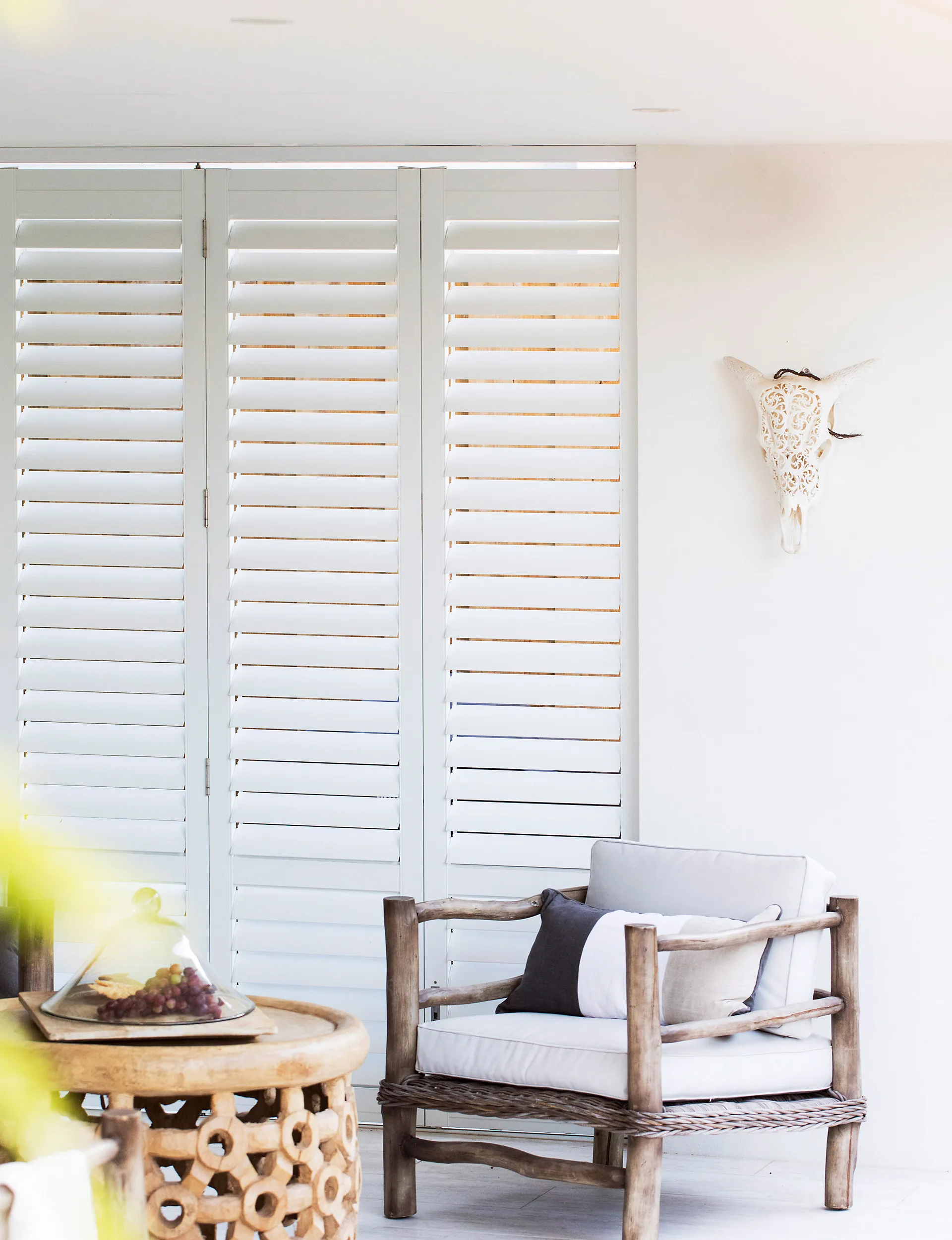
A pergola
Pergolas have been around since ancient times, their classic open canopy form creating a beautiful and effective transition between an enclosed indoor space and the outdoors. Today pergolas can be made of many different materials besides traditional timber with some such as steel and aluminium allowing for lighter, more elegant structures. If built close to, or attached to, the walls of a house the style and materials should always complement the architecture of the building.
Pergolas can be left open or planted with deciduous climbing vines which will allow dappled light to penetrate below. When the vines are bare in the winter, the deck or terrace is fully open to the light. Many gardeners today find vines too messy and either leave their pergolas bare or cover with awnings or lightweight polycarbonate roofs.
An umbrella
Although not as effective as some shade structures, sun umbrellas are relatively low cost and they add a lovely festive atmosphere to a garden. They’re also very versatile, with cantilevered, rotating and wall-mounted options now available. Many are also made of UV-resistant materials. If you want to add an instant splash of bold colour to your garden, a brightly coloured sun umbrella is the perfect solution.

Shade sails
Shade sails can vary hugely in quality and style. Rather than simply going for the cheapest option, it’s worth doing a little research before buying. Factors to consider include durability, UV protection, pole strength and correct installation. Badly installed, low-cost shade sails can stretch or flap in the wind, creating a lot of noise, or causing the fixtures to break and damage the walls they are attached to. Support poles need to be designed for adequate loads.
Nature’s canopy
The most ancient shade structure of all is, of course, a leafy, spreading tree. You’ll feel more refreshed under a tree than a man-made structure as their leaves release water vapour through transpiration, cooling the air around them. Some of the best shade trees include silk tree, Gleditsia, flowering cherry, jacaranda, magnolia, Melia and elm.
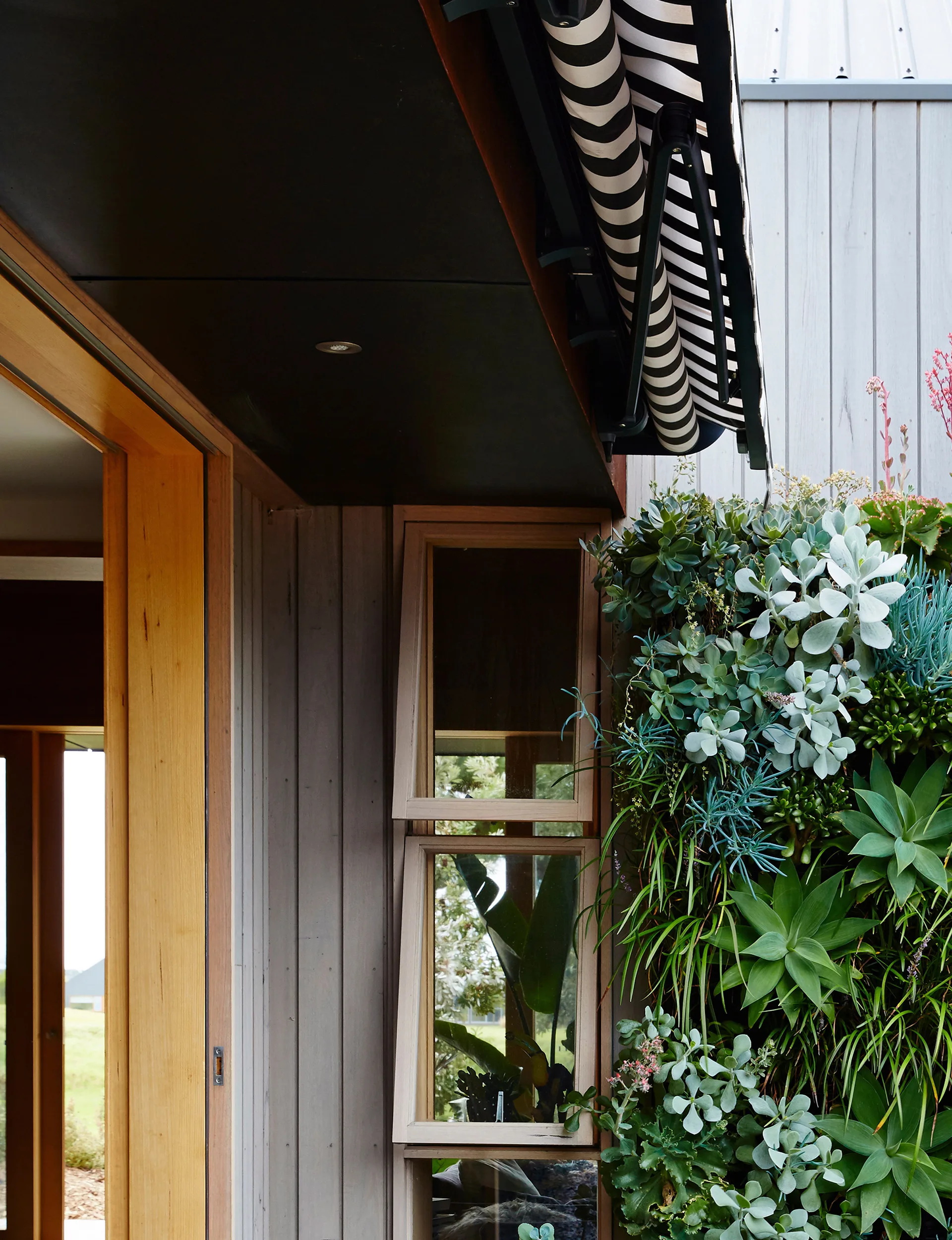
Flexi options
The unpredictability of our weather conditions makes retractable awnings and louvred shade structures ideal for many homeowners. Although they’re at the higher end of the price scale, their ability to create that all-important outdoor-room space makes them a worthwhile investment. Retractable awnings and canopies are often made of a PVC membrane that can be transparent, opaque or even block out light.
Always check the UV-protection rating of these materials – the higher the better. Most retractable (or fixed) shade structures can be attached to the sides of the house or built freestanding. Some canopies or awnings can also be positioned to cover an existing pergola-type structure. Retractable mechanisms can be hand operated or fully automatic.

All weather options
Outdoor blinds and curtains are often added to the sides of shade structures so they can be used even when it’s raining or windy outside. If privacy is an issue in your backyard, consider blinds made of mesh that still allows you to see out, rather than clear PVC. Weather tightness will depend on the quality of fittings. For maximum sun protection, check the UV rating of materials.
Words by: Carol Bucknell. Photography by: Bo Wong, Andre Martin/bauersyndication.com.au.
[related_articles post1=”84735″ post2=”76821″]
